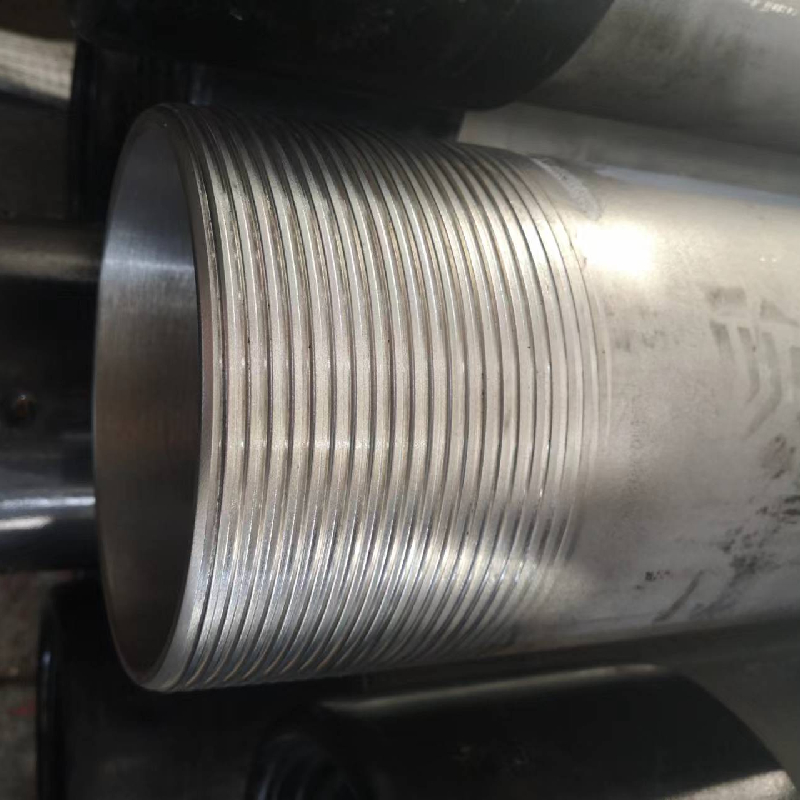- Afrikaans
- Albanian
- Amharic
- Arabic
- Armenian
- Azerbaijani
- Basque
- Belarusian
- Bengali
- Bosnian
- Bulgarian
- Catalan
- Cebuano
- Corsican
- Croatian
- Czech
- Danish
- Dutch
- English
- Esperanto
- Estonian
- Finnish
- French
- Frisian
- Galician
- Georgian
- German
- Greek
- Gujarati
- Haitian Creole
- hausa
- hawaiian
- Hebrew
- Hindi
- Miao
- Hungarian
- Icelandic
- igbo
- Indonesian
- irish
- Italian
- Japanese
- Javanese
- Kannada
- kazakh
- Khmer
- Rwandese
- Korean
- Kurdish
- Kyrgyz
- Lao
- Latin
- Latvian
- Lithuanian
- Luxembourgish
- Macedonian
- Malgashi
- Malay
- Malayalam
- Maltese
- Maori
- Marathi
- Mongolian
- Myanmar
- Nepali
- Norwegian
- Norwegian
- Occitan
- Pashto
- Persian
- Polish
- Portuguese
- Punjabi
- Romanian
- Russian
- Samoan
- Scottish Gaelic
- Serbian
- Sesotho
- Shona
- Sindhi
- Sinhala
- Slovak
- Slovenian
- Somali
- Spanish
- Sundanese
- Swahili
- Swedish
- Tagalog
- Tajik
- Tamil
- Tatar
- Telugu
- Thai
- Turkish
- Turkmen
- Ukrainian
- Urdu
- Uighur
- Uzbek
- Vietnamese
- Welsh
- Bantu
- Yiddish
- Yoruba
- Zulu
j55 coupling
Understanding the J55 Coupling Essential Components in Oil and Gas Applications
In the world of oil and gas, the reliability and efficiency of equipment are paramount. One critical component in this industry is the coupling, an integral part that connects different sections of pipe and ensures the safe and efficient transfer of fluids. Among the various coupling standards available, the J55 coupling stands out due to its unique properties and applications.
What is J55 Coupling?
J55 refers to a specific grade of steel tubing primarily used in the oil and gas industry. The designation J55 is part of the API (American Petroleum Institute) classification, which denotes the minimum yield strength of the material. J55 casing is made from carbon steel, specifically designed to withstand the conditions encountered in oil and gas drilling and production operations. The coupling, in this case, serves as a connector that joins lengths of J55 pipe together to form a continuous string, which is crucial for both drilling and production processes.
Properties of J55 Coupling
The J55 coupling is generally characterized by its considerable strength and durability. It has a minimum yield strength of 55,000 psi, making it suitable for applications where high pressure is a factor. While J55 is not the highest grade available, its balanced properties between strength and ductility make it a preferred choice in various drilling scenarios.
Moreover, J55 couplings are designed to resist corrosive substances commonly found in subsurface environments. This resistance is essential in prolonging the life of the equipment and reducing the risk of failure, which can lead to costly downtime and safety hazards. When combined with proper coatings and treatments, J55 couplings can withstand the harsh conditions typically encountered in oil fields.
Applications of J55 Coupling
j55 coupling

J55 couplings are primarily used in oil and gas drilling applications, such as in the casing and tubing of wells. They enable the seamless connection of pipes, facilitating the transportation of oil, gas, and other fluids from the well to the surface. These couplings are also used in hydraulic fracturing (fracking), where they play a crucial role in maintaining the integrity of the pressure-retaining systems.
In addition to their primary role in drilling and production, J55 couplings can also be found in a variety of other applications. These may include water well drilling, geothermal energy extraction, and various industrial applications where fluid transportation is crucial.
Installation and Maintenance
The integrity of a J55 coupling is critical to the overall safety and efficiency of the drilling operation. Proper installation techniques must be employed to ensure that the connections are secure and leak-free. This typically involves the use of specialized tools and equipment designed for making and breaking connections in high-pressure environments.
Regular maintenance is equally important to ensure the longevity of J55 couplings. Inspections should be conducted to check for signs of wear and tear, corrosion, or any other damages that could compromise the integrity of the coupling. By adhering to best practices in installation and maintenance, operators can mitigate risks and enhance the performance of their drilling operations.
Future of J55 Coupling
With the increasing focus on efficiency and safety in the oil and gas sector, the role of J55 couplings remains crucial. Advances in material science and engineering are likely to lead to the development of even stronger and more resilient coupling solutions, catering to the evolving demands of the industry. Furthermore, as the industry increasingly adopts sustainable practices and technologies, the need for robust connections that can support these advancements will be more vital than ever.
In conclusion, the J55 coupling is a fundamental component within the oil and gas industry, known for its strength, durability, and resistance to harsh conditions. Its role in facilitating the safe and efficient transfer of fluids cannot be overstated, making it a key player in the ongoing quest for improved productivity and safety in drilling operations. Understanding and investing in quality couplings like J55 is pivotal for companies aiming to thrive in today’s competitive energy landscape.
-
Tubing Pup Joints: Essential Components for Oil and Gas OperationsNewsJul.10,2025
-
Pup Joints: Essential Components for Reliable Drilling OperationsNewsJul.10,2025
-
Pipe Couplings: Connecting Your World EfficientlyNewsJul.10,2025
-
Mastering Oilfield Operations with Quality Tubing and CasingNewsJul.10,2025
-
High-Quality Casing Couplings for Every NeedNewsJul.10,2025
-
Boost Your Drilling Efficiency with Premium Crossover Tools & Seating NipplesNewsJul.10,2025







